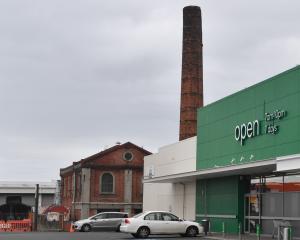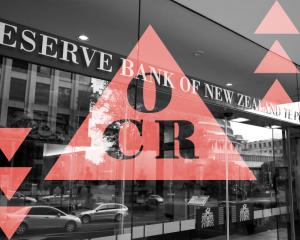Net interest income increased 8.8% to $71.5 million, with the bank's loan book expanding 7.6% to $2.93 billion, while Heartland's deposits rose 22% to $2.17 billion from a year ago, BusinessDesk reported.
Heartland reiterated yesterday it expected full-year after-tax profit to be in a range of $51 million to $55 million.
Heartland shares were up slightly at $1.16 after the announcement.
Forsyth Barr broker Suzanne Kinnaird said Heartland's "robust earnings'' were slightly ahead of expectations, driven by higher interest income and slightly lower impairments than Forsyth Barr estimated.
"Importantly, there has been no major upwards revisions in impairments,'' she said.
Impairments were slightly lower than Forsyth Barr expected; the rural division had increased, albeit by only $100,000 to $400,000.
The number of impaired, restructured or past-due loans declined from $39.1 million to $34.7 million during the six months to December.
"Receivables book growth of more than 7.6% from first-half 2015 is impressive and is the key driver of growth for the business,'' Mrs Kinnaird said.
Craigs Investment Partners broker Peter McIntyre said Heartland's $25.6 million after-tax profit was 5% better than expected, a key point being an about 8% increase in its loan book to $2.9 billion.
"There was a slight deterioration of rural impairment expense, which we believe is related to the dairy exposure,'' Mr McIntyre said.
Heartland said yesterday that given continued market interest in the New Zealand dairy sector, Heartland's direct exposure to dairy farmers was 8% of its total lending book, as at December 2015.
"Heartland remains cautious of market conditions and continues to monitor the dairy sector with close attention. Dairy customers are being supported through this challenging period,'' the bank said.
In December, Heartland told shareholders the bank was keen on expanding its consumer finance business with a particular focus on distribution channels or new technologies, but in the absence of any compelling options it will return capital to shareholders, BusinessDesk reported.
At the time, the bank's investors voted to simplify the company's structure by amalgamating its businesses into one unit, issue up to $75 million through a tier 2 capital instrument to bring its structure into line with other lenders, and allow a capital return of as much as $100 million, which would occur in April.












